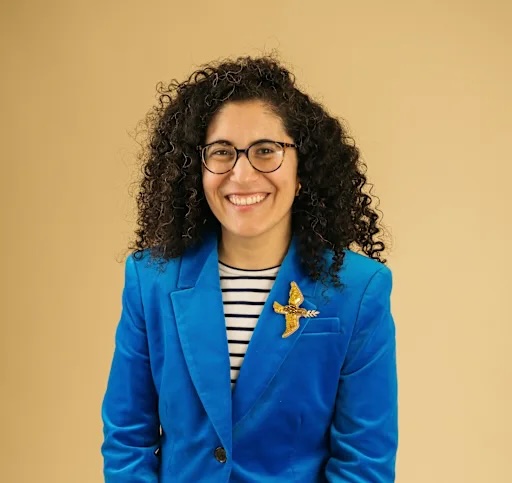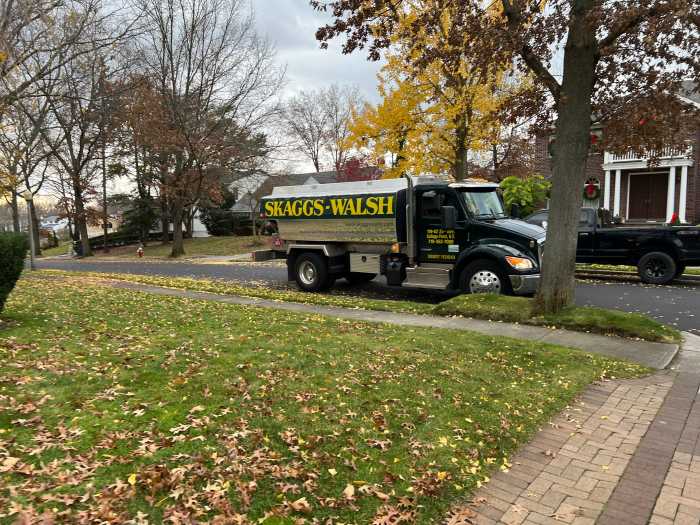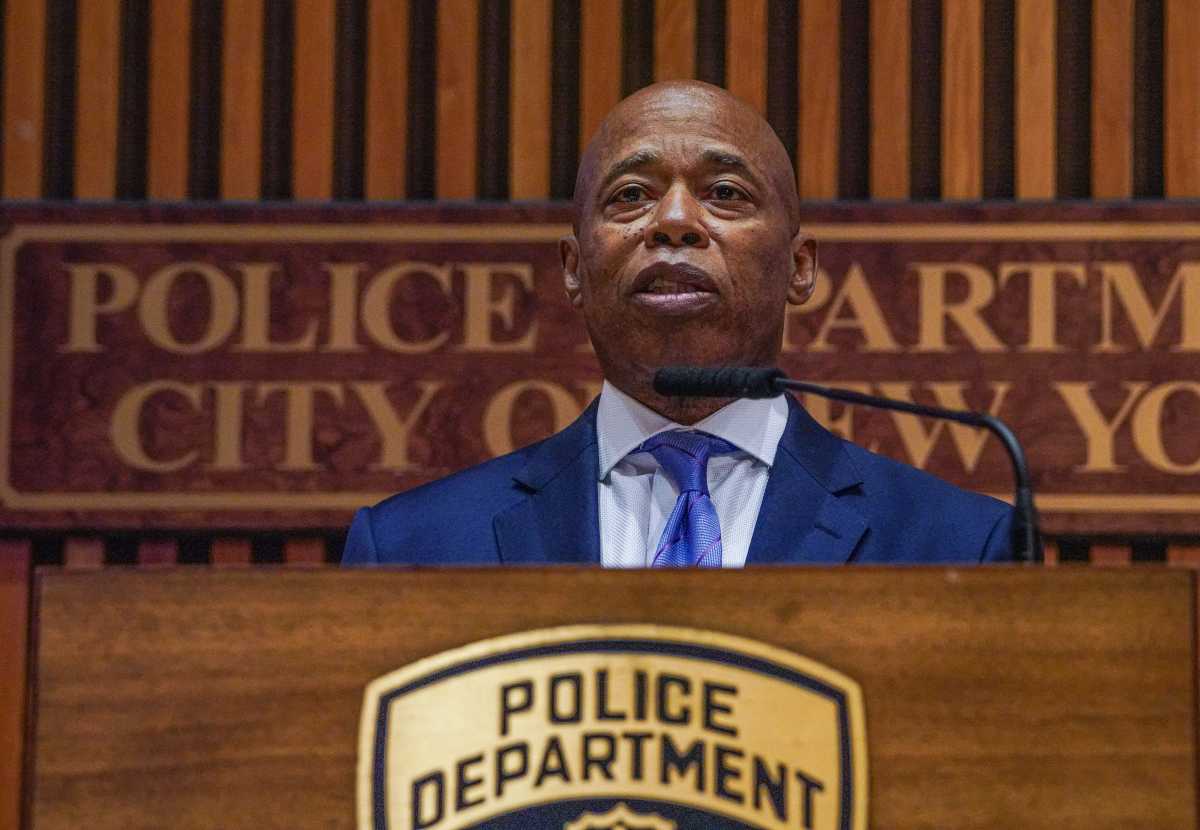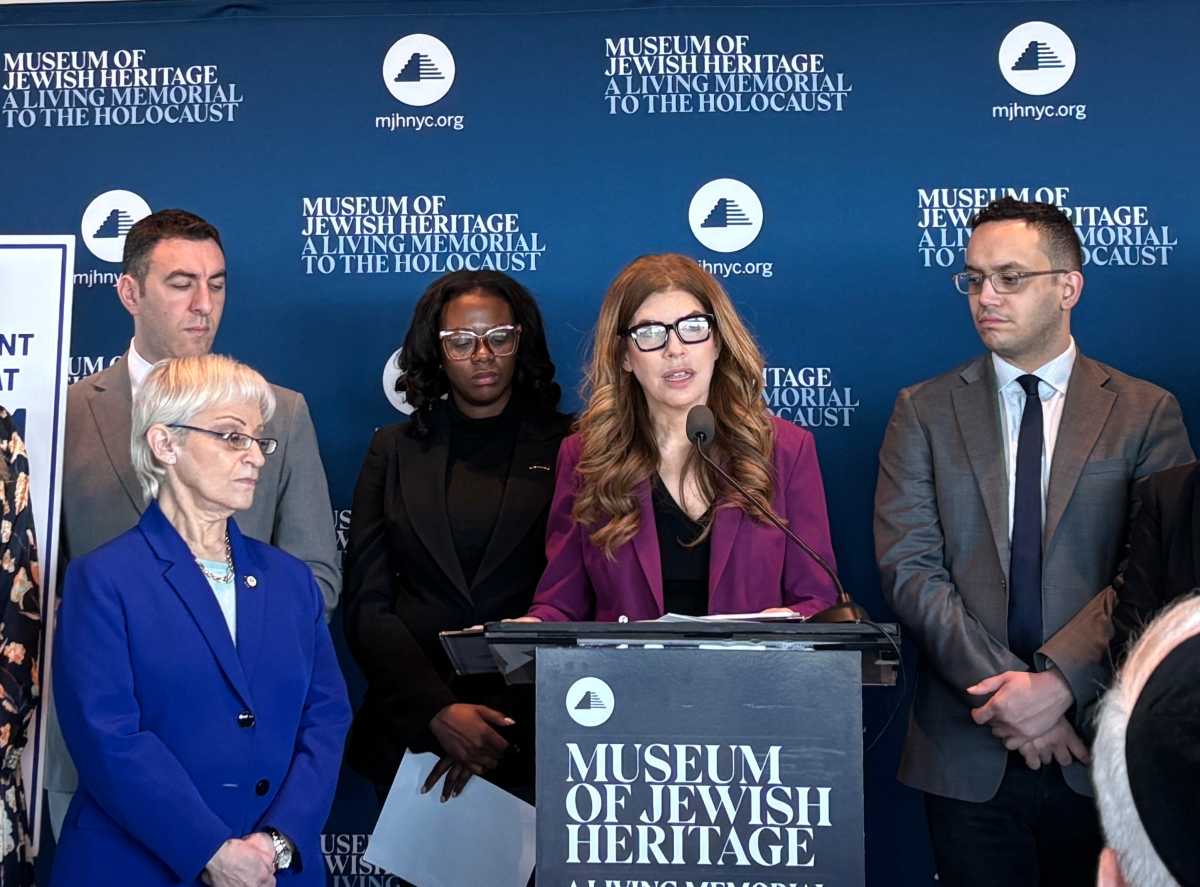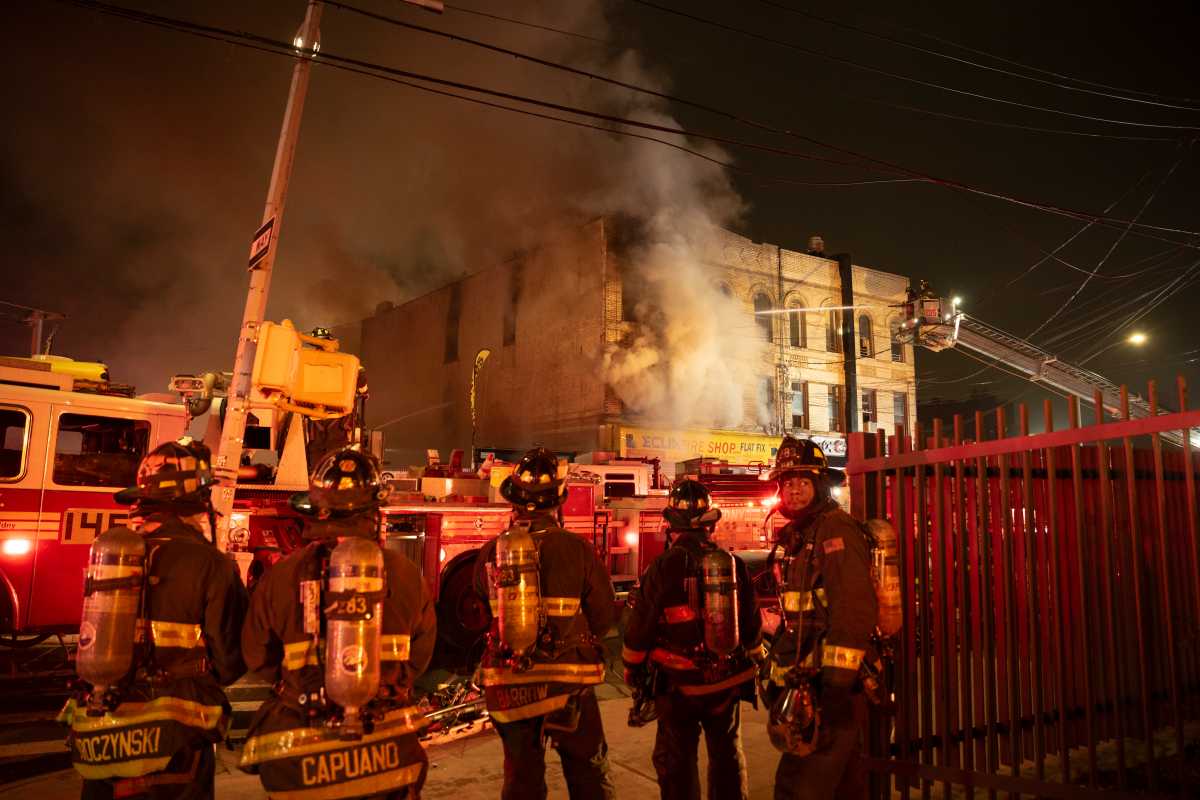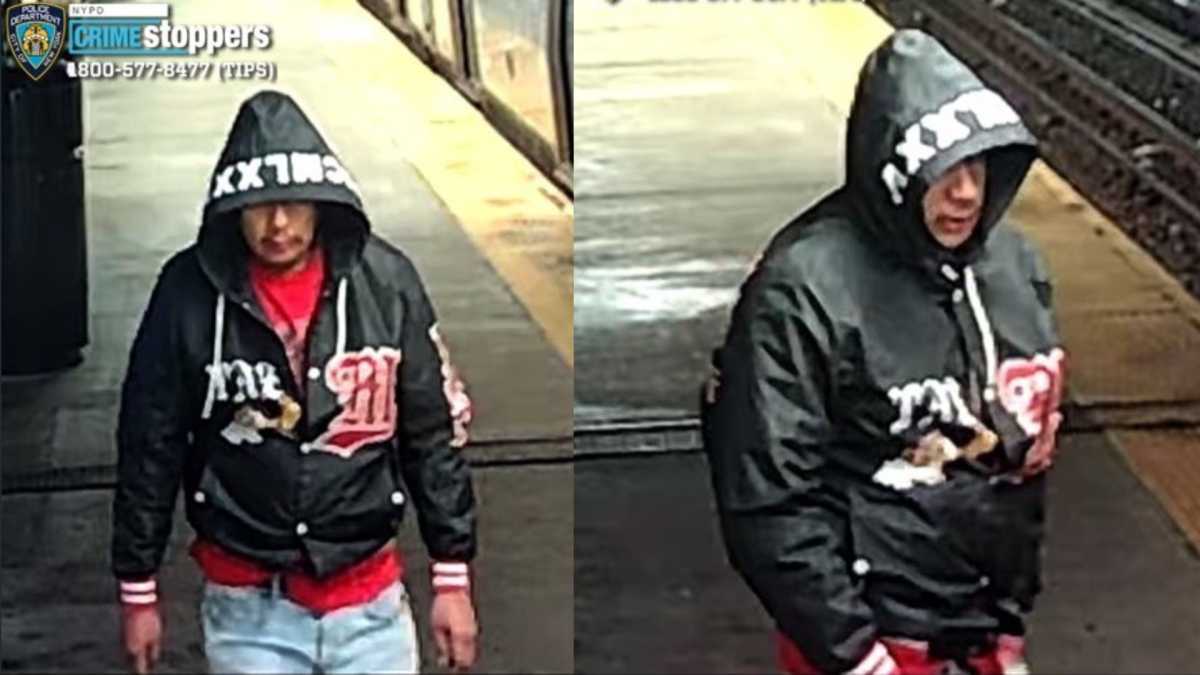On Oct. 24, 1934 Bruno Richard Hauptmann, a Bronx carpenter, pleaded not guilty at his arraignment in Flemington, N.J., on charges of murdering the 20-month-old infant son of Charles A. Lindbergh, the first man to fly solo across the Atlantic. The child was kidnapped from Lindbergh’s home in Hopewell, N.J. on March 1, 1932. Lindbergh paid a $50,000 ransom, which was a fortune in 1932. The child’s body was found in woods near the Hopewell-Princeton road on May 12, 1932. Later $14,000 of the ransom cash was found in Hauptmann’s garage when he was arrested.
The trial was set to begin Jan. 2, 1935, and it ended on Feb. 13, 1935, when a jury of eight men and four women took 11 hours to reach a unanimous verdict: Guilty, despite Hauptmann’s ongoing claim of innocence. There were appeals, and stays of execution by a new New Jersey governor, Harold Hoffman. But in the end, Hauptmann, still refusing to confess, went to the electric chair at Trenton State Prison on April 2, 1936.
On April 6, 1936, Hauptmann’s remains were cremated at the Fresh Pond Crematory in Maspeth. By the time of the memorial service, a crowd of about 2,000, mostly women and children, had gathered. They were kept off the crematory grounds by 28 policemen and six detectives. Secrecy attended the services because New Jersey law did not permit a public funeral for an executed felon, and Mrs. Hauptmann had agreed not to hold a public funeral in order to get her husband’s body out of the state. She hoped to return his ashes to his native Germany.
In a speech, Public Works Commissioner John J. Halleran pointed out that the opening of the Triborough Bridge would open a new homebuilding era in Queens. At current speed limits, one could easily drive from a job in the Bronx home for lunch and return, if your home were in central Queens. When, in addition, the Bronx-Whitestone Bridge was completed with the required connecting highways, all parts of Queens would be within an hour’s drive of Manhattan.
Walter Johnson of the real estate firm of Quinlan, Terry and Johnson in Flushing proposed that owners of some mansions convert part of their partially empty houses into apartments. He was aware of “as many as 200 such houses within walking distance of the subway.” According to Johnson, many owners had come to his office hoping to sell their property for apartment house sites. But the lack of mortgage money made such a sale unlikely. In fact, no new apartment buildings had been built in Flushing in the last year. Johnson further said “not only would this plan be beneficial to the mansion owners, for there is a real demand for such apartments, but it would beautify Flushing. These old mansions would be improved in appearance. The work done upon them would give local employment. And the renters of these new homes would increase our population.”
Metro-Goldwyn-Mayer’s elaborate traveling movie studio visited Loew’s Prospect Theater in Flushing on its world educational exhibition tour. Borough President George U. Harvey officially welcomed the studio to Queens. The studio on wheels combined the facilities for both the recording and projection of sound motion pictures. The studio’s visit was brief, but during that time, the public could enter the studio and see the equipment which made “talkies” talk and the operations required for both filming and projection on the screen. One of Hollywood’s outstanding makeup artists, Miss Ruth Webb, gladly answered any questions about makeup asked by visitors to the studio. MGM was sending the studio around the world with two purposes in mind: to educate about the movie-making process and also to discover new screen personalities for MGM Pictures and Hal Roach “Our Gang” comedies.
For further information, call the Greater Astoria Historical Society at 718-278-0700 or visit our website at www.astorialic.org.


